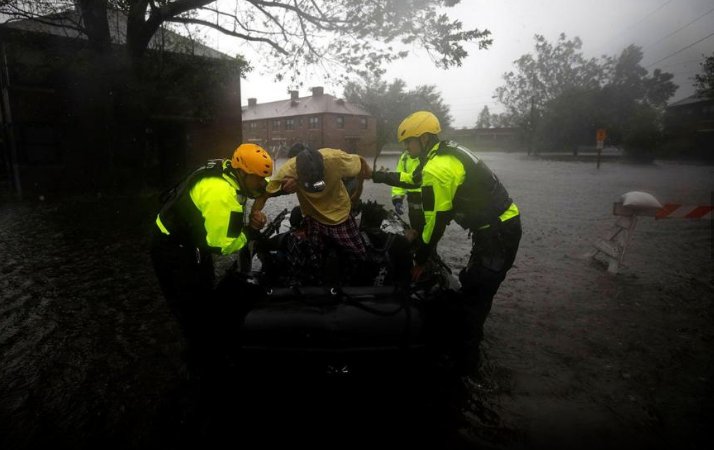Safe= The environment with limited/ monitored exposure is below gov. tolerances 4 exposures.
Station 1- Distilled water in a tub for a first rinse after gently brushing off any excess dirt.
Station 3- A final rinse in distilled water and drying.
Twitter may remove this content at anytime, convert it as a PDF, save and print for later use!

1) Follow Thread Reader App on Twitter so you can easily mention us!
2) Go to a Twitter thread (series of Tweets by the same owner) and mention us with a keyword "unroll"
@threadreaderapp unroll
You can practice here first or read more on our help page!

